How Stage Lighting, LED Screens, and Sound Work Together: A Guide to Perfect Stage Design for Indoor and Outdoor Events
- 1. Understanding the Three Key Components: Lighting, LED Screens, and Sound
- 2. How These Components Work Together
- 3. Key Considerations for Overall Stage Design
- 4. Challenges for Outdoor Stages vs. Indoor Theaters
- Outdoor Stages:
- Indoor Theaters:
- 5. Design Tips for Indoor and Outdoor Stages
- For Outdoor Stages:
- For Indoor Theaters:
- Conclusion
When it comes to stage design, three essential components—stage lighting, LED screens, and sound—work together to create a captivating and immersive experience for the audience. Whether you’re planning an indoor theater performance or an outdoor concert, the integration of these elements is crucial for the success of any event. But how exactly do they cooperate? What are the potential challenges you need to consider when designing a stage? And how do the requirements change for outdoor vs. indoor settings? In this article, we will delve into these questions and provide valuable insights on optimizing your stage design for both indoor and outdoor venues.
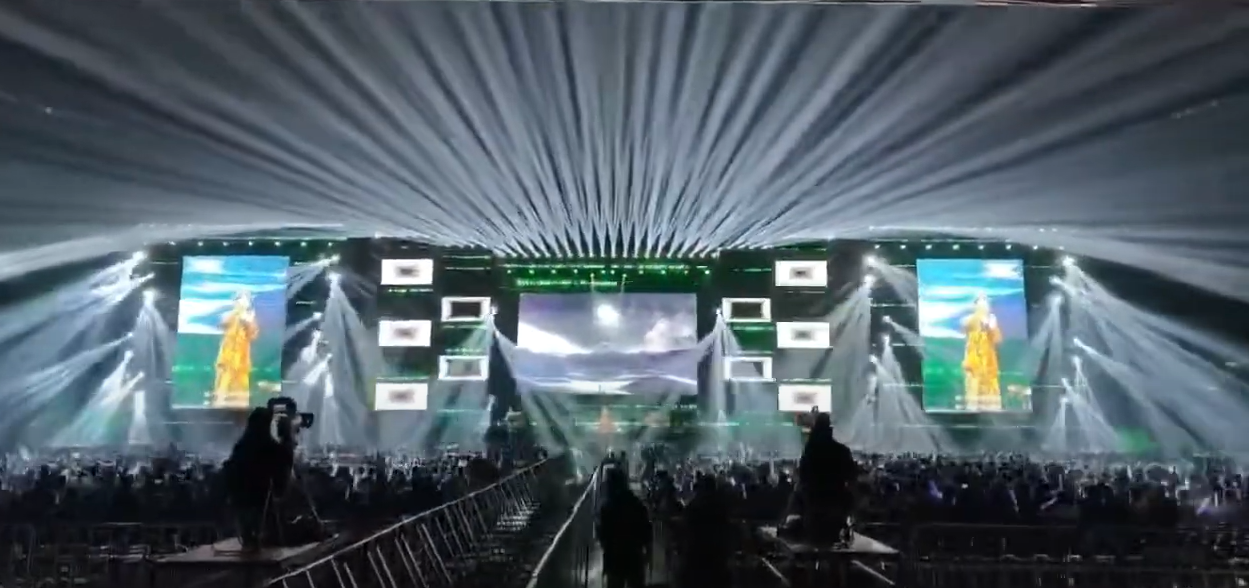
1. Understanding the Three Key Components: Lighting, LED Screens, and Sound
Lighting: Stage lighting is the backbone of any live performance. It sets the tone, directs focus, and enhances the overall atmosphere. Lighting can be used creatively to highlight performers, evoke emotions, and create a visual storyline. Depending on the performance, you may use spotlights, floodlights, or automated lights that change colors and angles.
LED Screens: In modern stage design, LED screens are no longer just for displaying text or logos. They’ve become an integral part of the visual experience, providing dynamic backdrops and immersive video effects. These screens can be synchronized with lighting and sound to add depth and dimension to the performance, making the experience more engaging for the audience.
Sound: The sound system is arguably one of the most critical elements of stage design. From music to dialogue, the sound system ensures that every word, note, and effect is heard with clarity. The sound system needs to be properly balanced, with high-quality speakers strategically placed to ensure even distribution across the venue.
2. How These Components Work Together
The seamless cooperation between lighting, LED screens, and sound is key to a successful stage design. Here’s how they collaborate:
Lighting & Sound Synchronization: The lighting and sound must be in harmony to enhance the mood and impact of the performance. For example, a dramatic sound effect might be complemented by a sudden change in lighting intensity, creating a more powerful emotional response from the audience.
LED Screens & Lighting: LED screens are often used to display visuals that sync with the lighting design. A change in lighting color can mirror the visuals on the screen, creating a unified theme throughout the performance.
LED Screens & Sound: Sound and visuals are often synchronized in live performances, particularly in music concerts or theater productions. The visuals displayed on the LED screens should match the rhythm, tempo, and volume of the sound to provide an immersive experience.
Collaboration in Action: For a concert, for example, the sound system will manage audio output, the lighting design will set the mood, and LED screens may show close-up views of performers or relevant graphics. All three components must be controlled together, often through a centralized system to ensure fluid transitions and cohesive effects.
3. Key Considerations for Overall Stage Design
When designing a stage, there are a few core aspects you must consider to ensure all elements work in harmony:
- Budget: High-quality lighting, LED screens, and sound equipment can be expensive. Be sure to allocate enough funds for each element, and prioritize based on the nature of the event.
- Technical Expertise: It’s essential to have experienced professionals managing the setup and operation of these components. Proper synchronization and operation are vital for flawless performance.
- Space and Layout: The size of the stage and the venue will influence your design. Ensure that the lighting is evenly distributed and that the sound system reaches every corner of the venue.
- Interactivity and Engagement: For performances like theater or concerts, consider the audience’s engagement. Interactive elements like live video feeds or changing lighting can keep the audience involved and make the experience more memorable.
4. Challenges for Outdoor Stages vs. Indoor Theaters
Outdoor Stages:
- Weather Conditions: The most obvious challenge for outdoor stages is the unpredictable weather. You must account for rain, wind, or excessive heat, which can affect the lighting and sound equipment. Waterproof covers and weatherproof equipment are a must.
- Sound Management: Sound tends to dissipate in open spaces, making it harder to project evenly across the audience. Acoustic considerations must be made, and you may need more powerful speakers or a more complex sound system setup.
- Lighting and Visibility: The natural light can interfere with your lighting design, especially during daytime events. Plan your lighting to ensure visibility and effectiveness even in daylight conditions.
Indoor Theaters:
- Controlled Environment: One advantage of indoor theaters is the controlled environment. You don’t have to worry about weather conditions, which makes it easier to fine-tune lighting and sound.
- Acoustics: Indoor theaters often have better acoustics, but they can also present challenges. Sound reflections from walls and ceilings can cause echoes, so proper soundproofing and speaker placement are essential.
- Space Constraints: Unlike outdoor stages, indoor theaters may have limited space for large LED screens. You’ll need to optimize the design and positioning to make sure the visuals are still impactful.
5. Design Tips for Indoor and Outdoor Stages
For Outdoor Stages:
- Weatherproofing: Invest in high-quality, weather-resistant lighting and sound equipment.
- Sound Coverage: Use multiple sound sources and ensure even distribution to reach all areas of the audience.
- Flexible LED Screens: Choose LED screens that are easy to transport and can be adapted for outdoor viewing, even in direct sunlight.
For Indoor Theaters:
- Optimal Speaker Placement: Ensure that the sound system is strategically placed to avoid acoustical issues.
- Lighting Design: Since natural light is not a concern, you can play more with shadows and color schemes to create dramatic effects.
- LED Screen Positioning: Use smaller, high-definition screens strategically placed to avoid obstruction while still offering a full visual experience.
Conclusion
Creating a successful stage design involves the careful collaboration of lighting, LED screens, and sound. Whether it’s an indoor theater or an outdoor stage, these elements must be carefully integrated to deliver a powerful, immersive experience. By considering factors such as technical expertise, equipment quality, and environmental challenges, you can ensure that your stage design is both functional and captivating. Pay attention to the unique challenges each venue presents, and your design will captivate audiences, leaving them with a memorable experience.
- 7 Expert Strategies to Design Captivating Outdoor Lighting for Theme Parks & Architectural Landscapes
- Why IP65 Waterproof Pixel Strobe Lights Are a Game-Changer for Large Concerts: 7 Crucial Benefits Unveiled
- Why Are Outdoor Stage Lamps Getting Smaller and Lighter? The Game-Changing Trend in Stage Lighting
- What Is a Good CMY for Stage Lighting? A Complete Guide
- Why Do We Need High-Power Moving Head Beam Lights with CMY for Performances & Large-Scale Outdoor Theme Events?
Distributor
Do you offer OEM/ODM support for distributors?
Yes, as a professional OEM/ODM manufacturer, we support brand customization, including logo printing, packaging design, and even custom features based on project needs.
Can LQE help with product training and technical guidance?
Absolutely. We offer remote training sessions, user manuals, installation guides, and continuous technical support to help your team understand and sell our products with confidence.
What is your typical lead time for distributor orders?
Our standard production lead time is 15–30 working days depending on order volume and customization requirements. For stocked models or repeat orders, we can offer shorter delivery times.
How can I apply to become a distributor?
Simply fill out the contact form on this page or email us directly with your company information, market background, and cooperation intention. Our sales team will get in touch with you within 1–2 business days.
1000w
Do You Supply After-Sale Service?
LQE lighting offers 7x24 hrs systematic SOP customer support with dedicated personnel, ensuring quick and comprehensive assistance for stage lighting needs.
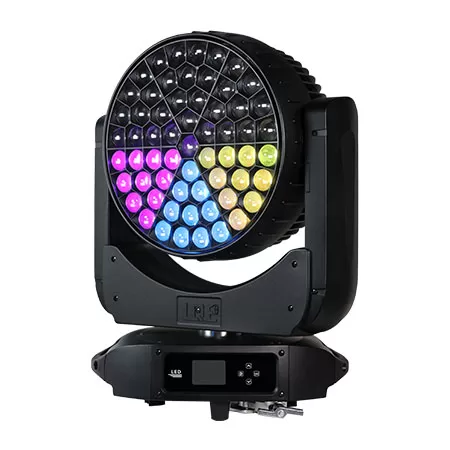
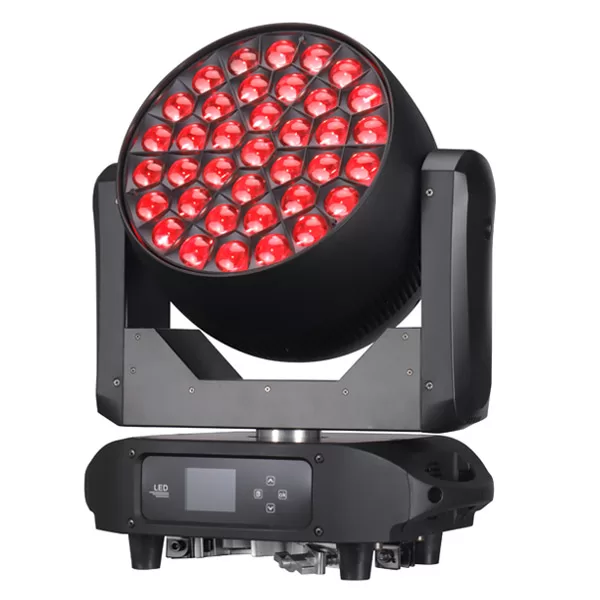
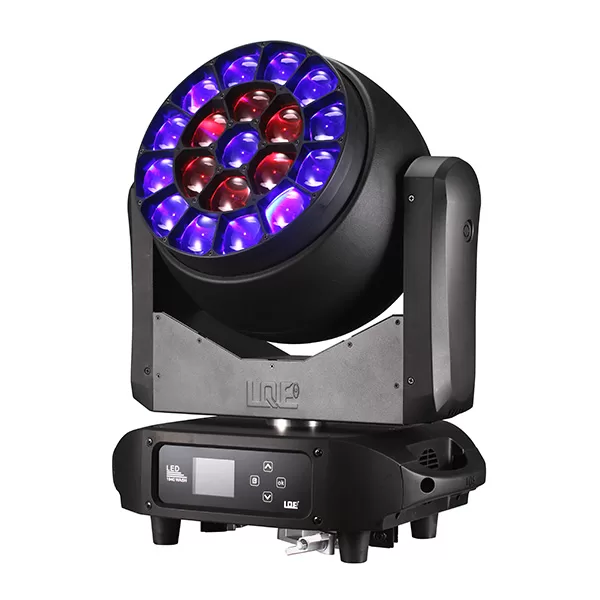
Want to learn more information?
[Reach out to us and receive professional guidance, a personalized quote, and the best solution for your needs.]

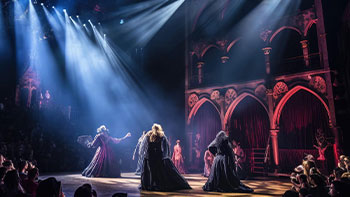
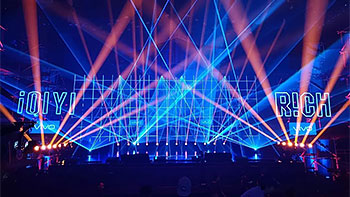
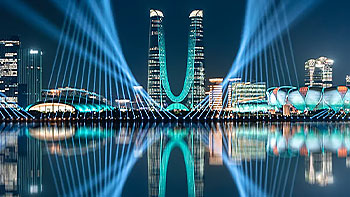
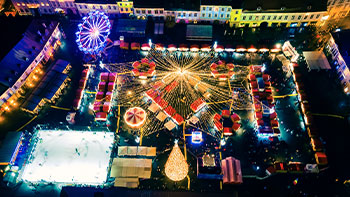
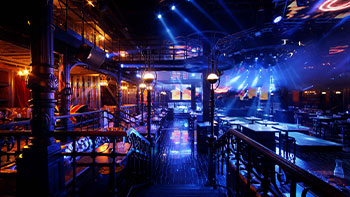
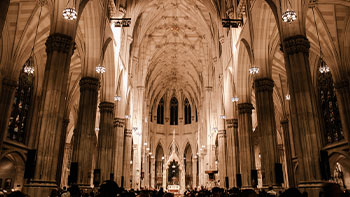






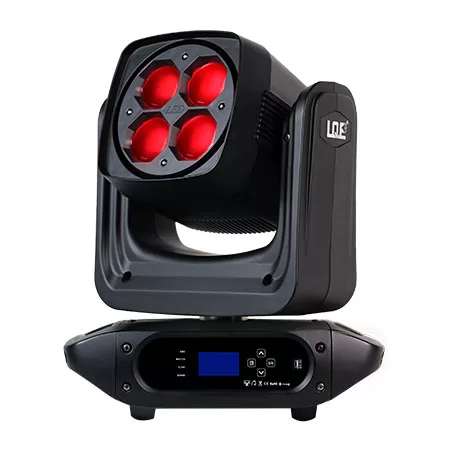
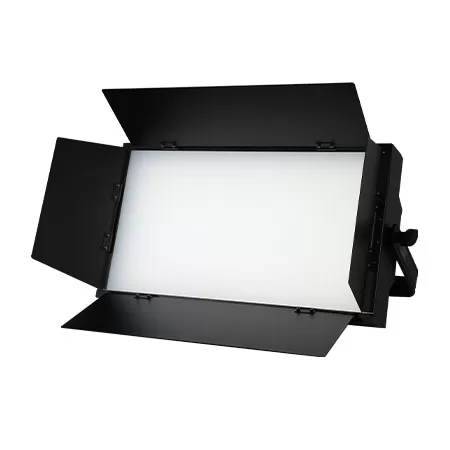
Linkedin
YouTube
Whatsapp: +8618924548390
TikTok